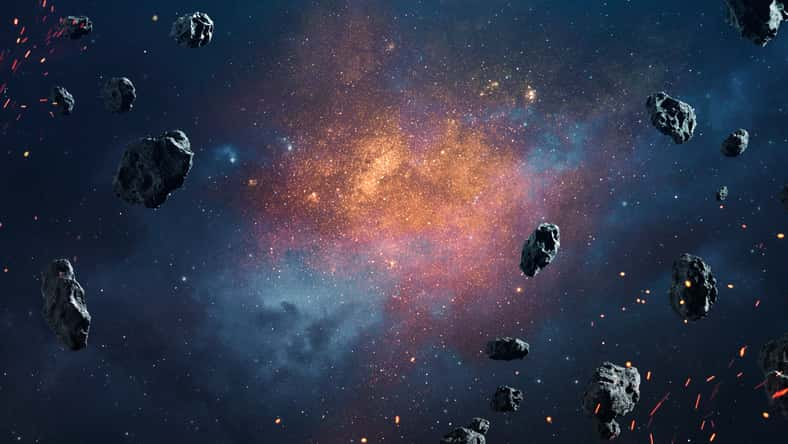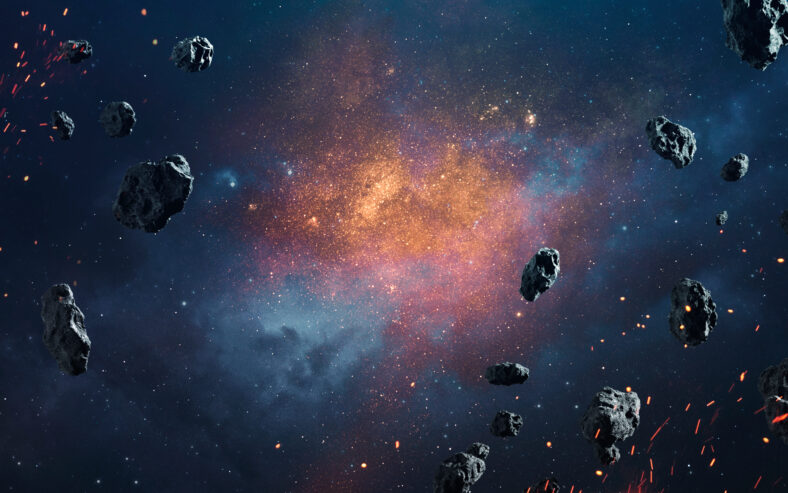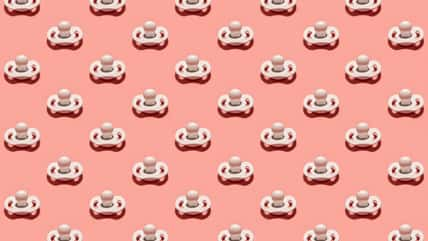One Of The Largest Asteroids In The Solar System Could Be A Piece Of A Long-Lost Planet

The second-largest asteroid in the solar system is Vesta, and it may be a piece of an ancient lost planet. Previously, it was believed that Vesta was on the path to becoming a planet. Rocky planets have a core, a mantle, and a crust that forms when the planet is molten.
For a long time, scientists thought Vesta had these features, but new research from NASA’s Dawn mission has shown that Vesta’s body is more uniform than previously assumed.
Starting in July 2011, Dawn visited Vesta for 14 months before continuing on to Ceres. It measured elements like oxygen, magnesium, aluminum, titanium, calcium, iron, and silicon on these bodies. Vesta is approximately 326 miles in diameter, and it was initially shown to have an iron-rich core.
The mission confirmed that Vesta was a surviving protoplanet that formed an iron core. The new research counters this conclusion.
“Vesta’s large-scale interior structure had previously been constrained primarily using the gravity and shape data from the Dawn mission,” wrote the authors of the study.
“However, these data alone still allow a wide range of possibilities for the differentiation state of the body.”
The moment of inertia is critical in determining the interior of Vesta. It is a concept in physics that measures how an object resists rotation.
As an object rotates on its axis, different parts of the object are at various distances from the axis. With Vesta, scientists are measuring how mass is distributed from the core to the surface.
After measuring Vesta’s moment of inertia, it was discovered that the body was not as differentiated as thought and may not have a distinct core.

Sign up for Chip Chick’s newsletter and get stories like this delivered to your inbox.
The new data suggests that Vesta’s interior has limited density stratification, and its crust is mostly made up of howardite, eucrite, and diogenite.
Vesta’s mantle density was surprisingly high, and there was a limited contrast between the density of the mantle and the core, meaning that there was no core, or a very small one. The researchers came up with two theories to explain Vesta’s nature.
The first is that Vesta was in the process of becoming fully differentiated, but got stalled. It started to melt, but it cooled before differentiation could be completed.
Vesta’s surface is covered in basaltic lava rock, indicating that melting occurred. Most asteroids tend to have more gravelly surfaces. The second theory is that Vesta is a chunk of a growing planet somewhere in the solar system.
“Our findings show Vesta’s history is far more complex than previously believed, shaped by unique processes like interrupted planetary differentiation and late-stage collisions,” said Ryan Park, the lead author of the study and a senior research scientist at NASA’s Jet Propulsion Laboratory.
More research is needed to determine which hypothesis is accurate. The study was published in Nature Astronomy.
More About:News





